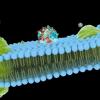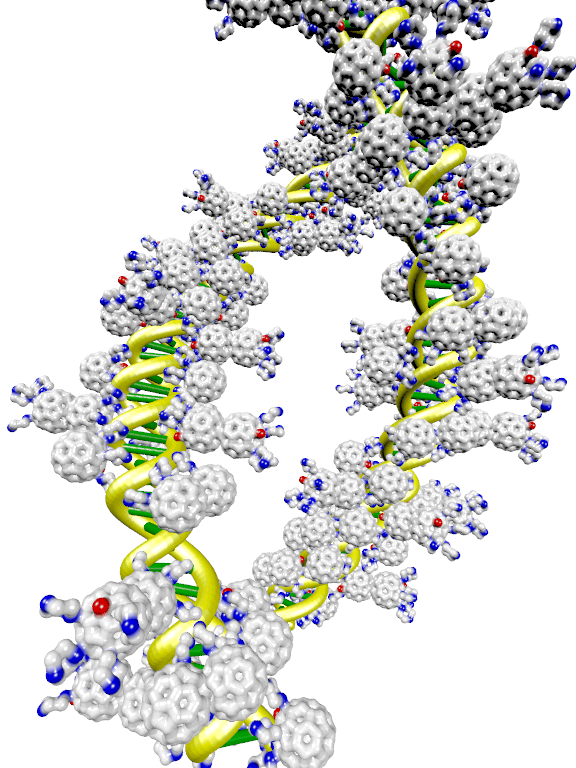wccaguy - science isn't philosophy - not since Galileo anyway.
You keep persisting in positing these modes of action, when we don't even know what molecule(s) we are dealing with!!!!!
It is all, quite frankly, rather far fetched.
First, we need to characterise the molecules that form in the olive oil.
I assume there are several reaction products.
Then, the metabolic effect of these need to be teased out, and that will take years, as if there are several reaction products, there will be several variables.
If the molecules work synergetically, then it will be even more difficult to untangle, as designing experiments that deal with multiple variables is fraught with difficulty.
The mechanisms of action posited so far in the extant literature are sufficient to explain what Mr Turnbuckle has felt - simply increasing the efficiency of the electron transport chain in the mitochondria will account for that. And we already know that fullerene in some of its forms has this effect. We do not need to posit any epigenetic changes. We do not even have to posit a direct effect on electron transfer, simply physical blockage of reactive species from access.
At this point we do not actually need any explanations. We simply need the original experiment to be reproduced, preferably more than once. Once that has been done, we will see whether the result was an artefact or not.
Turnbuckle has provided evidence that he is a credible person. And so I believe his truly remarkable, if anecdotal, report. So, therefore, I take it that it's very likely, though not certain, that something remarkable happened with the Baati rats as well.
That's it, it's that simple. Who disagrees?
Metrodorus... That said, we have a difference of opinion about how scientific progress takes place. Call it a "philosophical" difference if you like.
You argue that we cannot quicken the pace of discovery through Conscious and Deliberate Explanation Generation because we don't know enough about Fullerenes. More than that, you argue that
we OUGHT NOT proceed with Explanation Generation until the Science of Fullerenes is understood, either completely or close to completely: "More must be proven about Fullerene Science before we can know anything...Stop Generating Explanations..."
I couldn't disagree more. The fact is, the subject matter that Explanations have to be built around are the sciences of Human Biology and Physiology and those sciences, however new, have a voluminous literature. We know a lot about ourselves and how and why we age. And the science of Fullerenes does not make settled science about homo sapien Biology/Physiology mysteriously disappear.
At this stage, I believe it's a huge mistake to concern ourselves with
Proving anything. I believe we need to be generating
More Explanations, not less, that (1) generally fit existing evidence, (2) are Falsifiable, and (3) Hard to Vary.
Metrodorus... Your argument that we shouldn't be generating Explanations isn't really with me, it's with David Deutsch, the noted Oxford Physicist. I've posted
an 18 minute TED Talk Dr. Deutsch gave in 2009 about The Nature of Scientific Theory and the Reason why progress has exploded since the Enlightment. I recommend watching it. Let's not get this thread off track. I'd be happy to discuss or debate Dr. Deutsch's (and Karl Popper's) ideas with you in that thread if you like...
Metrodorus... It's clear you have serious knowledge about Fullerene Science. Can we count on you to
help us brainstorm the experiments we might do to Replicate the C60/Olive Oil Study? Mind has now pointed to this thread twice, asking folks to participate to move the project definition forward. I've posted version 0.001 of a matrix to organize the kinds of experiments that should be done. That draft needs addition, enhancement, and deletions. Knowledge of Fullerene Science is important to making progress.
Can we count on you to help so your knowledge begins to make itself felt by version 0.003?
More Explanations, not fewer, plausibly fitting existing evidence, are the foundation for Generating
more Hypotheses that are Falsifiable and Hard to Vary. Generating these Explanations, and the Falsiable Hypotheses they imply, is the path to more and faster progress... Who's In?





















































